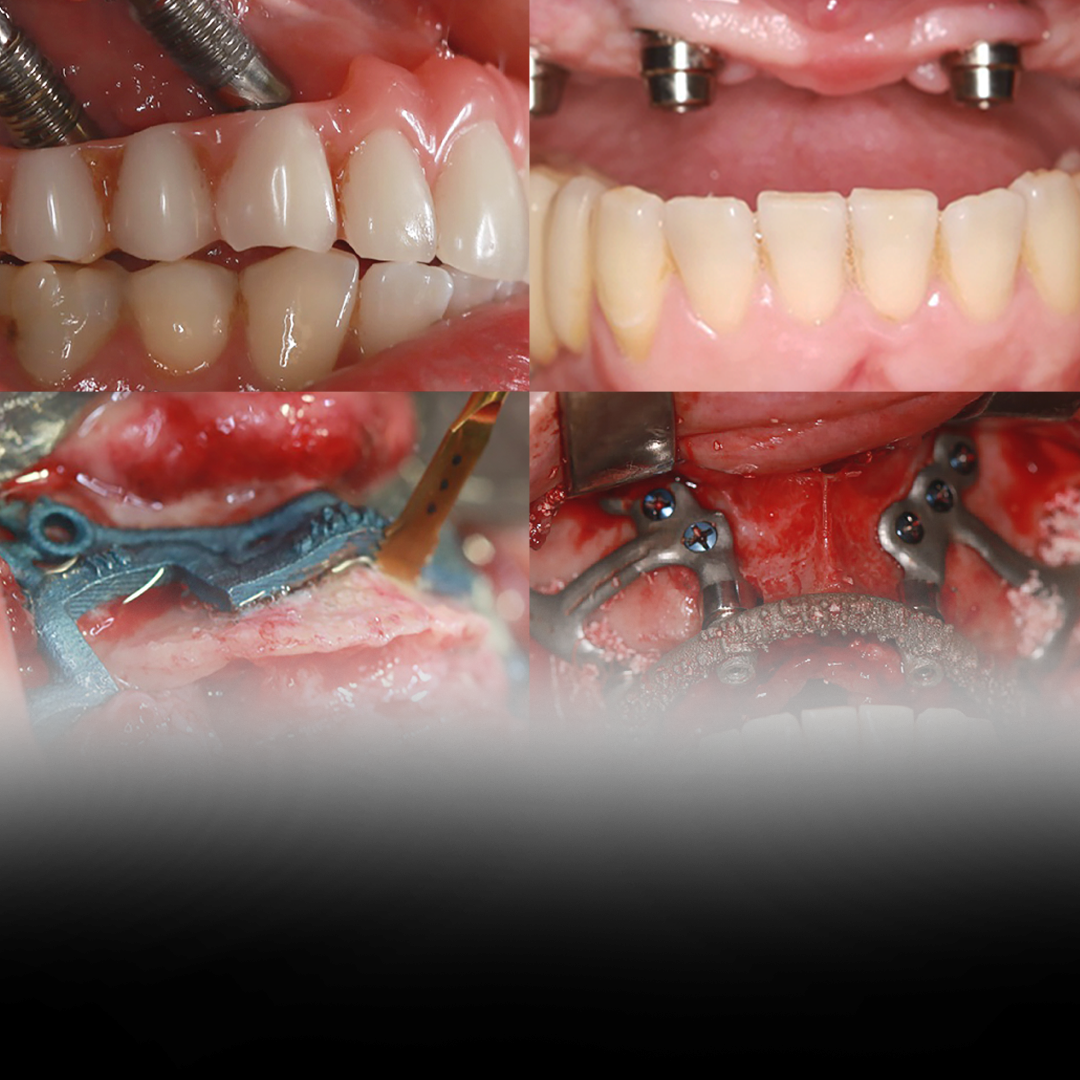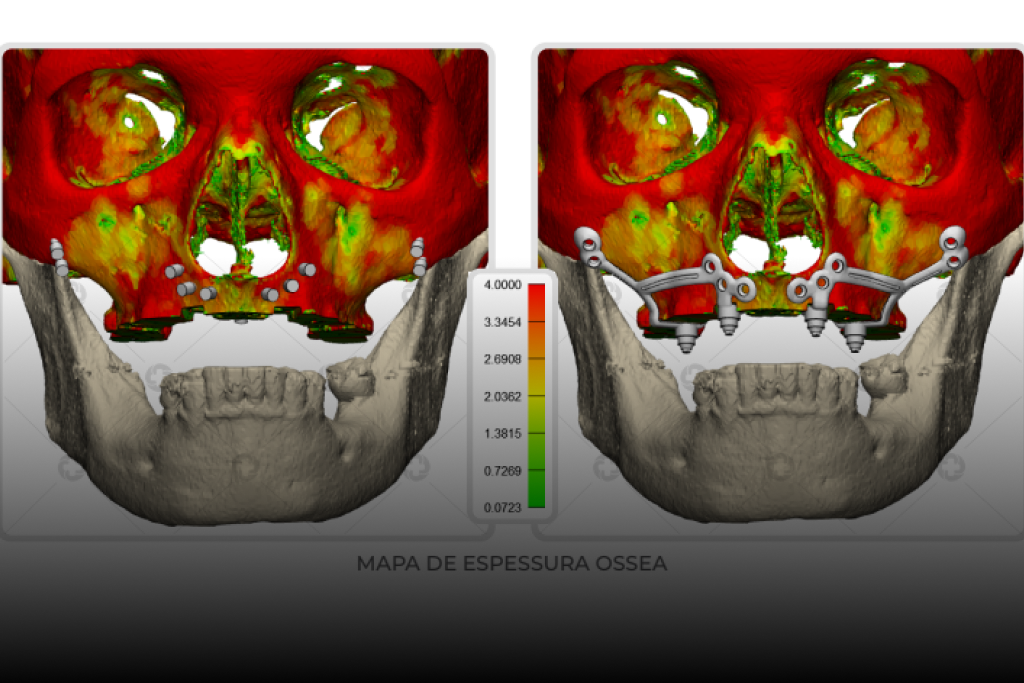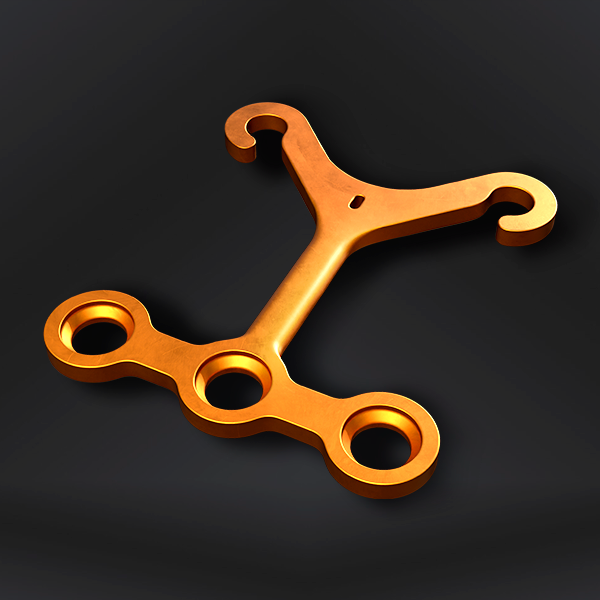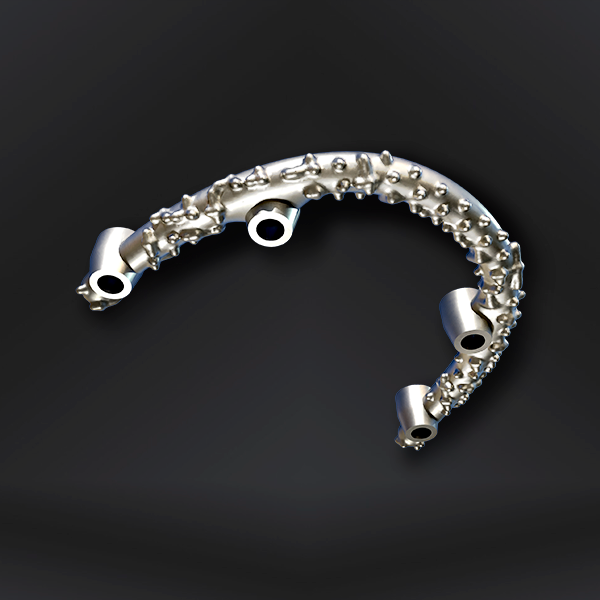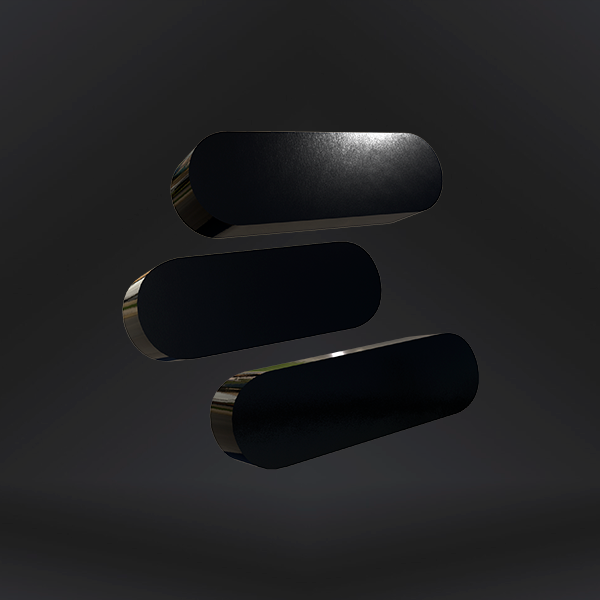A Revolution in Maxillary Expansion: How Custom Palatal Guides Are Transforming Surgical Outcomes
Maxillary expansion following Le Fort I osteotomy remains one of the greatest challenges in modern orthognathic surgery. Achieving transverse stability after segmentation is critical for long-term results—an area where traditional devices like dento-supported splints often fall short.
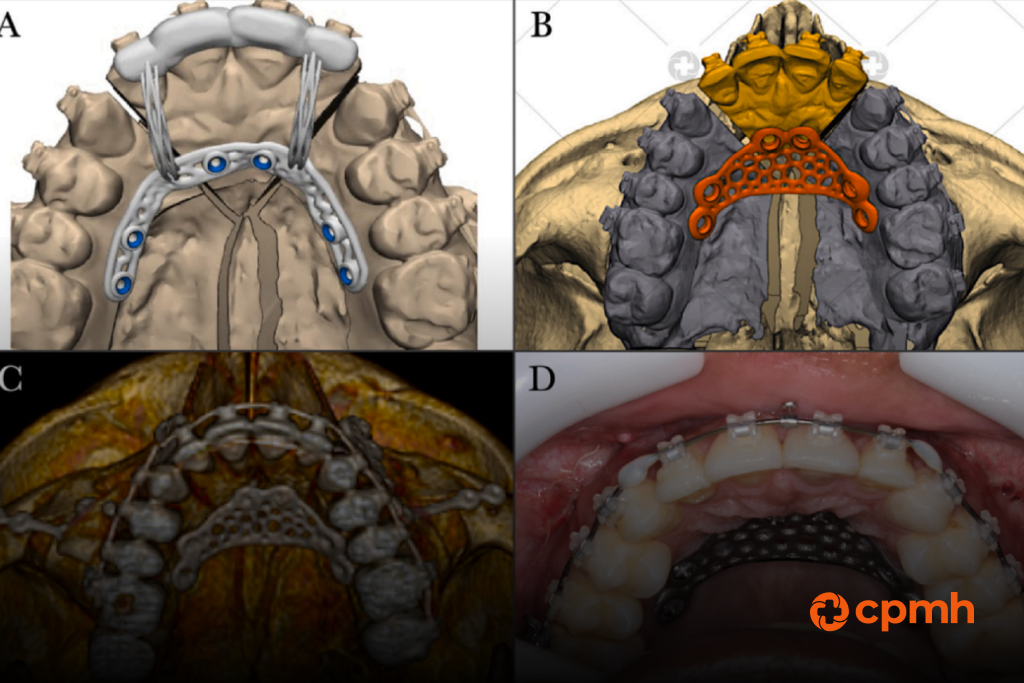
Innovation in Personalized Orthognathic Surgery
A study published in the International Journal of Oral and Maxillofacial Surgery introduces a groundbreaking solution: custom-made palatal guides and bone-borne splints manufactured in titanium using advanced digital technology. This innovative approach is transforming maxillary expansion procedures with superior outcomes.
Advantages of Digital Planning in Maxillofacial Surgery
Virtual planning based on intraoral scans and computed tomography enables:
- Millimeter-level precision in maxillary repositioning
- Significant reduction in surgical time
- Elimination of direct contact with dental structures
- Decrease in inflammation and postoperative discomfort
Custom Implants for Personalized Treatment
The personalized implants used in this technique are anatomically designed for each patient, respecting individual characteristics and ensuring greater stability. In the case presented, a 12 mm expansion was successfully achieved, with the device removed just two weeks postoperatively.
Recommended Protocol for Maxillary Expansion
For expansions greater than 5 mm, it is recommended to maintain the device in place for up to six weeks before starting orthodontic retention, ensuring stable and predictable results.
This approach represents a major advancement in digital orthognathic surgery, offering more predictable, less invasive outcomes while raising standards for patient satisfaction and clinical efficacy.
For more information, read the full article: doi.org/10.1016/j.ijom.2023.07.005
Créditos: J.D.P. Claus, J. Hidalgo, M.S. Almeida, H.J.C. Lopes, Customized palatal guide and splint for maxillary expansion, International Journal of Oral and Maxillofacial Surgery, 2023,

